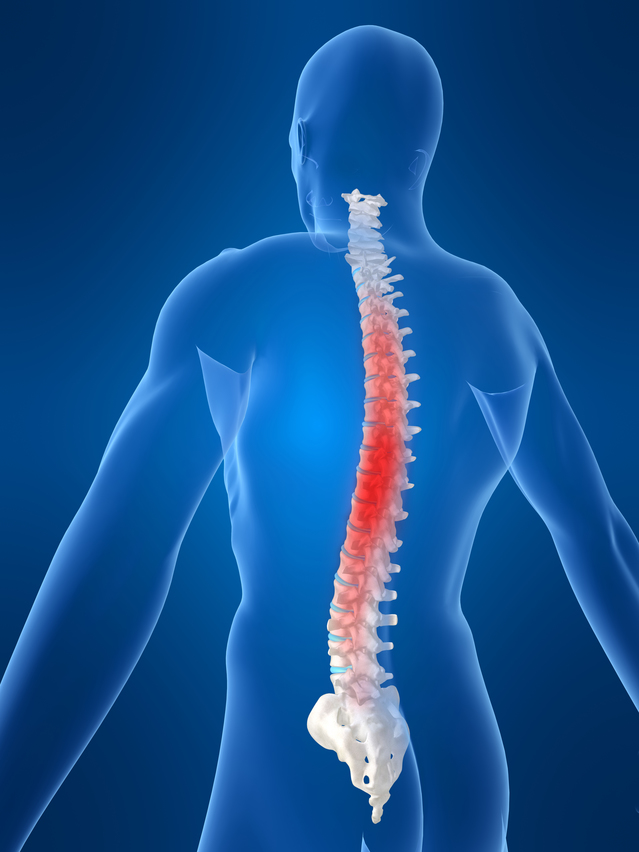What is Scoliosis Caused By & How to Test for It Using the Adam’s Test
 What is Scoliosis?
What is Scoliosis?
Scoliosis is a common but abnormal curvature in the spine. Scoliosis is often visible when you look at a person from behind. This is very different from the normal curvature we see in a spine when we look at a person from the side. Normally a curvature must be greater than 10 or 15 degrees to be considered a scoliosis.
Scoliosis can occur anywhere in the spine but is most common in the thoracic and lumbar spine (the middle and lower back). Surprisingly, scoliosis is often not painful in itself, but symptoms can arise as a person performs activities that stress the spine. Quite often scoliosis does not pose a large problem for the patient. Most people with scoliosis carry on in life as a healthy active person with no more spinal pain than the average person.
Identification
Although scoliosis often doesn’t pose a huge problem for many people, this condition must be examined and identified by a qualified practitioner as soon as possible. Perhaps the most simple and obvious clinical tool for detecting a scoliosis is the Adam’s test. In this test the patient bends forward to touch the toes. The examiner looks to see if there’s a larger “bump” on one side of the spine when compared to the other. This is a clue that the spine may have a curve. Creases in the skin of the lower back and uneven shoulders can also be clues that a curve is present. Depending on the clinical impression, x-rays are occasionally required. On the x-ray the angle of the curvature is measured which will then dictate the course of treatment.
Treatment
In a nutshell, it is very important to understand the extent of the curvature in relation to the patient’s skeletal maturity. A greater curve in a younger person poses a larger concern when compared to a minimal curve in a fully grown adult. The problem is largest for those who still have lots of growing to do. Given this, the priority is early diagnosis and appropriate referral. Not all patients need to see a medical specialist. Most do not. For those who don’t, the treatment often involves hands-on therapy (manual treatment) to help relieve painful areas. If there is no pain the treatment often largely consists of home exercises that safely strengthen the muscles around the spine. Continuous monitoring during the growth years is paramount.
Think you may have scoliosis and you live in the Burlington area (including Oakville, Hamilton and Milton)? Give Us A Call, we can help!
References
Horne JP, Flannery R, Usman S. Adolescent idiopathic scoliosis: diagnosis and management. American Family Physician 2014; 89(3): 193-198.








